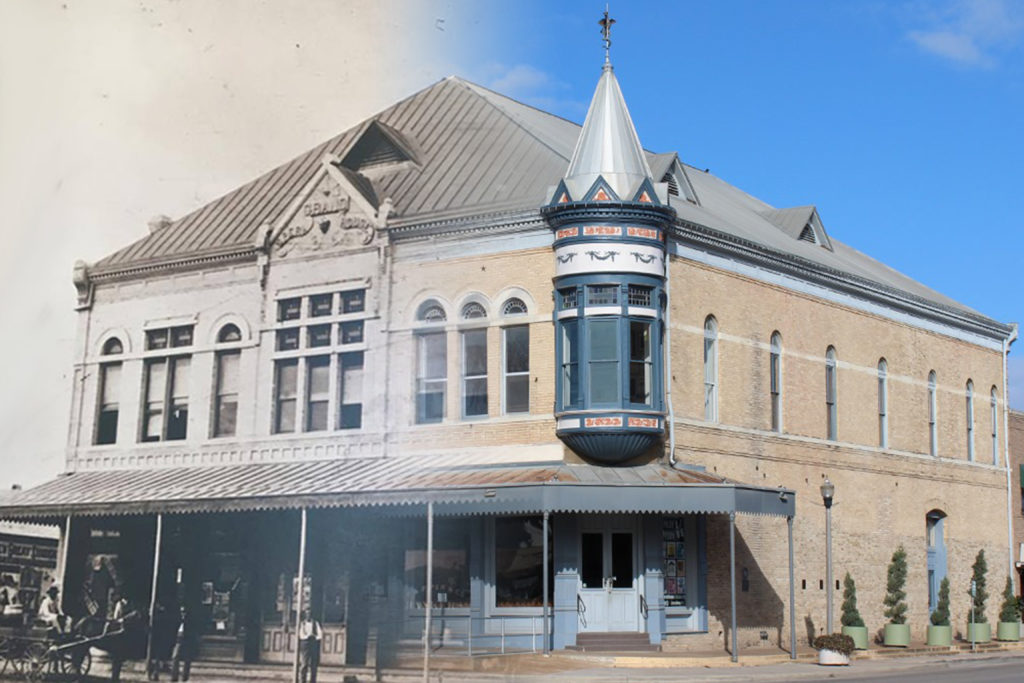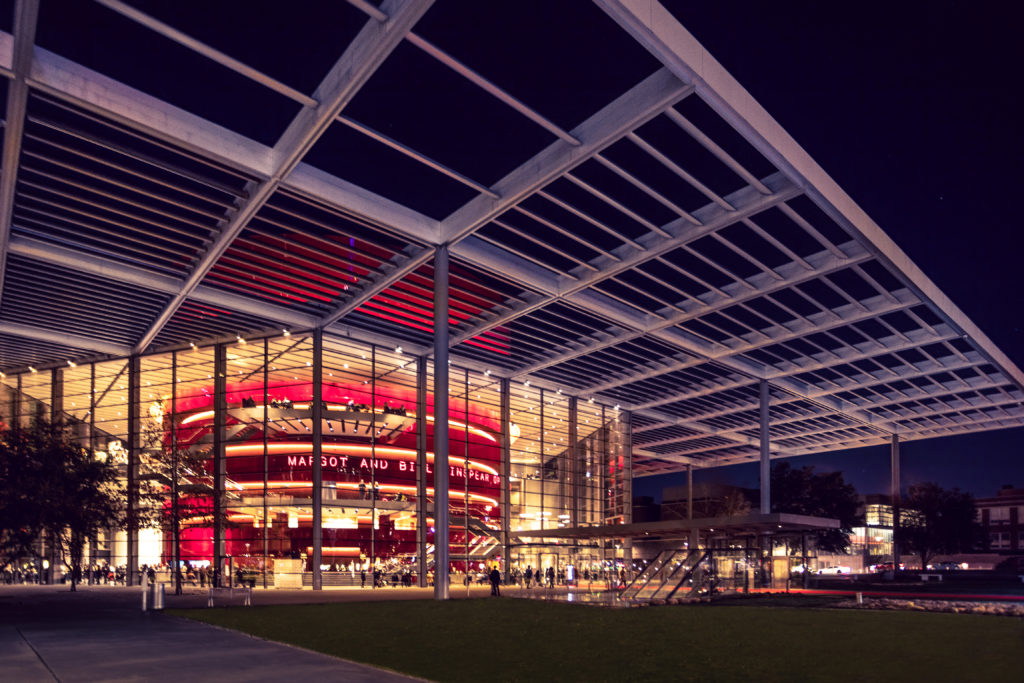A Tour of Texas Opera Houses
It’s difficult to pinpoint the exact moment opera arrived in Texas, but the art form’s first substantial success in Texas coincided with the influx of German immigrants. In 1856, the first opera performance troupe to visit Texas, the German Opera Company, made its way to Galveston and performed at the Lone Star Hall. Opera performances continued in larger cities in the southern part of the state, where wealthy aficionados and German immigrants were concentrated.
As Texas cities grew over the 19th century, the demand for opera increased. Smaller Texas towns began to build opera houses that functioned as venues for multiple forms of performance art. Today, grand halls in large cities such as Dallas, Houston, and Fort Worth are home to opera companies with rich histories and have hosted some of the most famous singers in the world. But also scattered around the state are smaller historic theaters that harken back to another era of classical entertainment.

Historic Texas Opera Houses
Bastrop Opera House, Bastrop
Originally built by two local businessmen, the Bastrop Opera House evolved with the changing tastes of the past century, moving from performances to silent film and eventually becoming a teen sock hop in the 1950s. Bastrop is one of the small Texas towns whose historic opera house was preserved and restored. Renovations began in the 1970s, and today it is home to a regular program of theater performances and musicals.
The Grand 1894 Opera House, Galveston
The grandfather of Texas’ opera houses is Galveston’s The Grand, which opened in 1895. It’s one of a few theatres in Texas listed on the National Register of Historic Places. Constructed at the time when Galveston was Texas’ largest city, the theater miraculously survived the devastating 1900 and 1915 hurricanes that reversed the coastal city’s fate. Restorations between 1974 and 1990 have returned the theater to its Gilded Age glory, and today it hosts a wide range of touring groups and performances.
Granbury Opera House, Granbury
As railroads spread through Texas, former frontier towns suddenly had access to new forms of entertainment as traveling troupes of actors, vaudeville performers, and opera stars made their way to Texas. Many small towns built opera houses to provide a home for these performances, and in 1886, Granbury built one of the grandest. In addition to plays, music, and Italian operas, the Granbury theater also hosted boxing matches and other attractions. Some historians cite the rising temperance movement in the early 20th century as playing a role in the opera house’s eventual demise. In the 1970s, a local businessman purchased the building and began its revival.
Henderson Civic Theatre, Henderson
This historic Texas opera house was first built in 1885, and it was a popular regional cultural attraction until being repurposed for office space. Beginning in the 1980s, the town started renovating the old opera house, which today hosts musicals, plays, and children’s theater.
The Uvalde Grand Opera House, Uvalde
Uvalde is home to the oldest functioning theater in the state of Texas. First built in 1891, the stately Richardsonian Romanesque venue was the ambitious vision of a consortium of local businessmen, merchants, and ranchers who hoped an opera house would transform Uvalde into a regional cultural powerhouse. For decades, the house attracted traveling performers before falling into disrepair. In the late 1970s, the property was donated to the city, which restored it and made it a popular regional theater once more.

The New Era of Texas Opera Houses
Winspear Opera House, Dallas
Home to the Dallas Opera, one of the oldest and most storied opera companies in Texas, the Winspear opened in 2009 as the centerpiece of the city’s new Performing Arts Center in the Dallas Arts District. Designed by renowned British architect Norman Foster and recognizable for its ruby red facade and rectangular canopy that shelters a public park, the Winspear finally gave the Dallas Opera a home with the style and acoustics worthy of its decorated history and global ambition.
Wortham Theater Center, Houston
The Houston Grand Opera was founded with German-born Walter Herbert at the helm, but it was under Herbert’s successor, David Gockley, that the company emerged as Texas’ most prestigious. As the company and its audience grew, Houston developed the Wortham Theater Center, which opened in 1987, to give the Houston Grand Opera a permanent home. When it was built, the 3,500-plus-seat center was the first major opera house constructed in the U.S. for more than 25 years.
Tobin Center for the Performing Arts, San Antonio
San Antonio was home to Texas’ first resident opera company, which performed in 1945 until the company disappeared during the 1980s and 1990s. A new opera company that originated in 1998 has found its home in the Tobin Center for the Performing Arts, a grand new hall that received an extensive expansion and renovation in 2014.
If you want to experience more of Texas’ fine art scene, attend the Texas Outdoor Musical.
© 2022 Texas Farm Bureau Insurance



